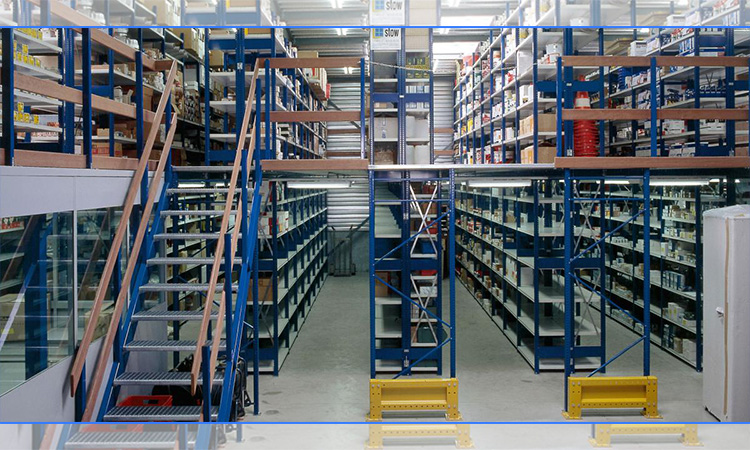We have benefited from the advances in wearable technology over the years. But most people’s understanding of wearable technology stops at health trackers and smartwatches. There have been many other astounding products in the history of wearable technology. Understanding them may allow people to see the future of wearable devices using IoT technology.
The History of Wearable Technology: Origins
The earliest wearable devices date back to the 13th century. Salvino D’Armati, a Florentine Italian, invented the device. It was glasses that helped people with poor eyesight to see more clearly. Although the device did not use wireless technology, it was still useful.
The next new invention in wearable technology was born in the 16th century. A German named Peter Henlein invented the portable clock. During the journey, people could tell the time with a portable clock worn around the neck. At that time, it also became a popular status symbol in Europe. Later it gradually evolved into a pocket watch. Then, the watch was born. In the early 20th century, most European women would still use it frequently when they were out and about. These are more likely to belong to wearable devices than wearable technology.
The truly historic adoption of wearable technology began in 1961. Mathematicians Edward Thorp and Claude Shannon came up with an incredible idea. The idea was to invent the wearable computer. It primarily uses the device to help increase their chances of winning roulette. The idea then quickly became a reality. The first wearable computer consisted of a small, four-button device. It was small enough to fit in a shoe. How it worked was simple. It predicts where the ball will land, mainly by timing it. It lays a good foundation for devices like the Apple Watch and Fitbit.
Wearable History of 70s and 80s: The Calculator Watch

In the late 1970s, Hewlett Packard introduced a calculator watch. It could be used as an alarm clock, stopwatch, timer, and calendar. The watch was sought after by many people as soon as it came out. The top model at the time sold for $850, which would be the equivalent of $3,300 in 2014. Despite this high price, however, many people went on to buy it. At that time, the market was in a state of short supply. But then the prices started to drop as technicians improved the watches and other companies entered the market. Casio became a household name in the mid-1980s.
In 1975, with the introduction of the first calculator watch, wearable technology became the order of the day. It was featured on the cover of every major magazine at the time. For example, Sting wore a calculator watch on the cover of The Police’s Wrapped Around Your Finger. Marty McFly also wore a smartwatch in Back to the future. It symbolized the history of wearable technology in the 70s and 80s and was a hit with young people.
History of Wearable Technology in the 80s: The Portable Walkman
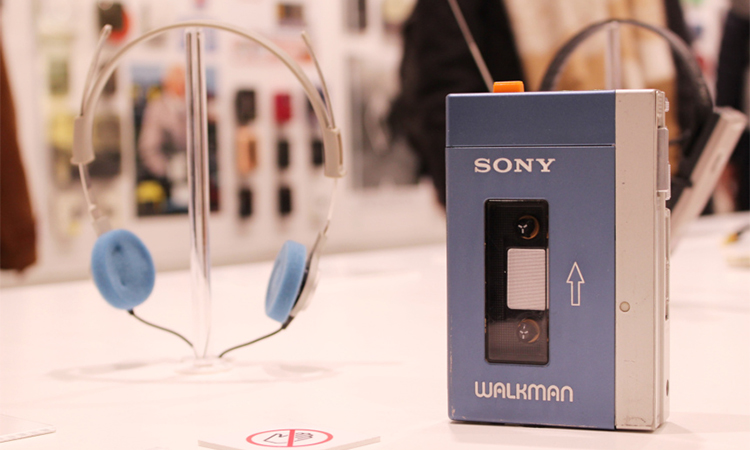
The Sony Walkman debuted in the United States in 1979. It was a portable Walkman. Another of its products is a portable tape player. Users can enjoy great music by plugging headphones into the Walkman. Once the Walkman was launched, sony sold more than 400 million units across the United States, about half of which were tape players. That’s an incredible number. It also became a popular trend in the 1980s. Sony sold hundreds of millions of Walkman-related devices over the next few decades. They paved the way for later products such as Ipods and mp3 players.
1987 Wearable Technology Trends: Digital Hearing Aids and Fitness Trackers
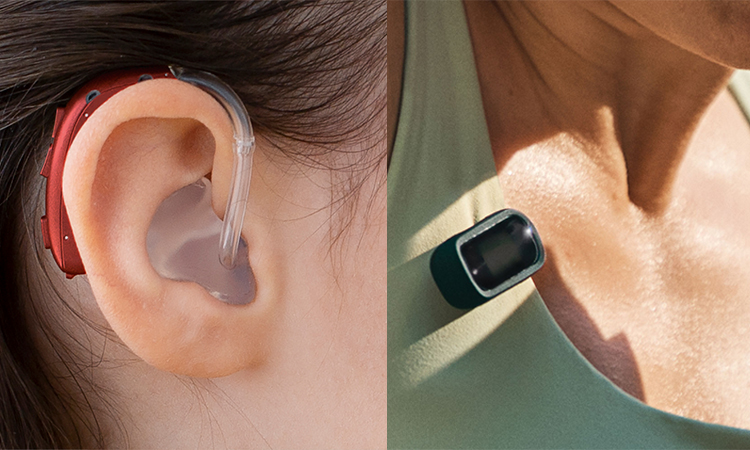
1987 also saw the emergence of a revolutionary wearable technology device. It revolutionized the healthcare industry. Nicolet made it in collaboration with the University of Wisconsin. At the time, it was called the Phoenix Project. The wearable device is a digital hearing aid. It helps deaf people to get a better hearing.
Another wearable device originated in the 80s – the fitness tracker. Athletes mainly used it. It was a wearable heart rate monitor, and in 1990, a new fitness tracker came out with more features. It could monitor speed, distance, and other variables. At that time, fitness trackers were only the size of a fist.
2012 Wearable Technology Trends: Google Glass
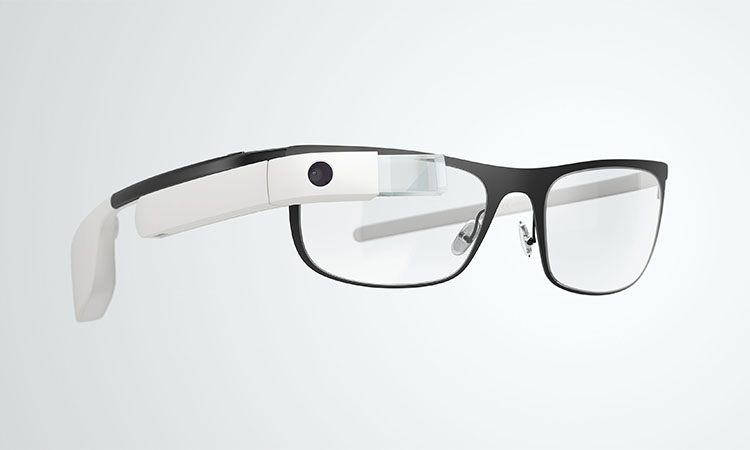
The wearable tech product with the strongest momentum in 2012 was Google’s Project Glass. We now call it Google Glass. Glass is distinct from other wearable products. It is a forward-thinking wearable technology device. Google Glass is a smart glass with a camera and an optical head-mounted display. Users can view the information directly without looking down to control their smartphones. Users can also use voice commands to communicate with the glasses.
2013 Wearable Technology Trends: The Year of the Smartwatch
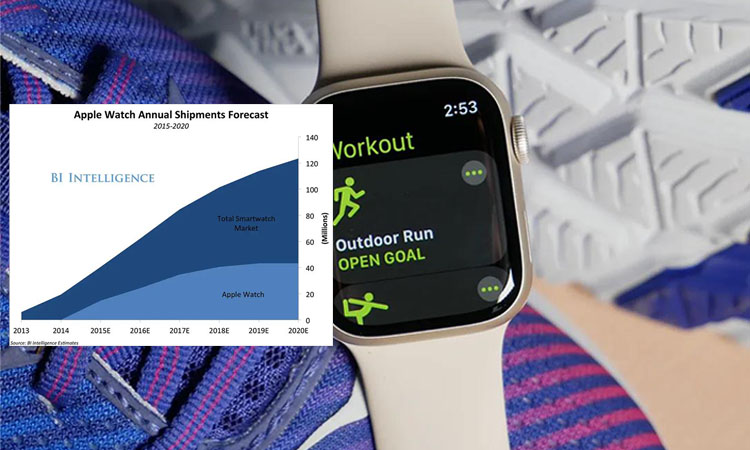
In the long history of wearable technology, 2013 is the year of the smartwatch. As the number of models on the market grew, device components became smaller and cheaper. More and more people are choosing to buy and use smartwatches. In early 2013 alone, Kickstarter sold 93,000 Pebble watches. It has reached 275,000 pre-orders. In 2016, BI Intelligence predicted a staggering 70 million smartwatches worldwide by 2021. This suggests that nearly half of the world’s population could be wearing smartwatches by then.
Today, we commonly see smartwatches such as Apple Watch and Samsung Watch. People first unveiled the Apple Watch in April 2015. It is a watch that helps users work out and track their health and is used as a role to answer phone calls. It can also receive and view information from the outside world. The following year, Apple launched the Apple Watch Series 2. It looks similar to the first generation but has significantly different features. It upgraded the GPS function, used a brighter display, and a powerful dual-core processor. Then later, in 2017, the third series appeared. It came with more health improvement gadgets than the previous two series.
The fourth series in 2018 added emergency SOS and fall detection. The fifth series for 2019 has improved the emergency function. It is upgraded to the famous international emergency call feature. The sixth series in 2020 was also born, which can check the user’s health. Of course, I believe there will be a seventh, an eighth, and even more smartwatches coming out.
The Future of Wearable Technology
Wearable devices are now closely related to our lives, and we can see that they are still in continuous development. It is believed that with the progress of technology, the functions of wearable devices will also become more and more advanced in the future. For example, smart clothing can measure the health indicators of the wearer. The smart jewelry with health tracking functions. Through implantable, wearable devices implanted in the body can also speed up the treatment of patients by doctors. There are many benefits of wearable technology, which is practical and portable. People can use it in several industries, such as healthcare, business, education, etc.
Our everyday smart clothes, smart devices, and fitness trackers are just the tip of the iceberg of wearable technology. Several professionals predict that in the future, they will have unprecedented changes.
- According to an analysis of reports from Bloomberg and The Information, one conclusion has been reached. Apple is likely to release a sleeker pair of AR glasses in 2023. These AR glasses can transfer information from the user’s phone to their face, allowing them to look at the information directly. They can sync with the wearer’s iPhone, enabling information to be displayed within the user’s field of view. This information includes text, emails, games, and other items.
- Regular charging is an obvious drawback to using wearable technology. Attempts are being made to use energy harvesting to solve this challenge. Energy harvesting is done by converting body heat, movement, or solar energy into electricity to make the battery last longer. Piezoelectricity, as we know, it is one of the most typical examples. Piezoelectric ceramics are capable of converting body vibrations generated during movement into energy.
- Smart contact lenses may soon be available to consumers. Like science fiction movies we often watch, smart contact lenses can provide real-time information to the human eye. It seems like it would become a very calm presence. Several large companies are working on developing soft electronic smart contact lenses. There are several large companies working on developing soft electronic smart contact lenses. These contact lenses could provide future real-time, hands-free information and vision correction. Companies developing them include tech giants such as Google, Mojo Vison, Samsung, and Sony.
The history of wearable technology is glorious, and its creation has positively impacted our lives. Wearable technology represents today’s latest technology trend and is one of the oldest.
About History of Wearable Technology FAQs
-
What is the earliest recorded instance of wearable technology, and what was it used for?
The earliest recorded instance of wearable technology dates back to the 13th century when eyeglasses were invented in Italy. They were used to correct vision and were considered a form of wearable technology.
-
When did wearable technology first become commercially available?
Wearable technology first became commercially available in the 1960s with the invention of the Hamilton Pulsar watch. It was the first digital watch featuring a red LED display.
-
What were some of the first commercially available wearable devices, and what features did they offer?
Some of the first commercially available wearable devices included calculators, pedometers, and heart rate monitors. These devices offered basic functionality and were primarily used for fitness and health tracking.
-
How has the design and functionality of wearable technology evolved over the years?
The design and functionality of wearable technology have evolved significantly over the years. Today’s wearable devices are more compact, stylish, and feature-rich, with sensors that track everything from heart rate and sleep patterns to steps and calories burned.
-
What role did military and medical applications play in developing wearable technology?
Military and medical applications played a significant role in the development of wearable technology. Wearable devices were used to monitor soldiers’ vital signs and track their location in the field. They were also used in medical settings to monitor patients’ health and vital signs.
-
How has the rise of mobile devices and smartphones impacted the wearable technology industry?
The rise of mobile devices and smartphones has significantly impacted the wearable technology industry. Many wearable devices now integrate with mobile apps and can be controlled and monitored from a smartphone or tablet.
-
What are some of the most popular types of wearable technology today, and what features do they offer?
Today’s most popular types of wearable technology include smartwatches, fitness trackers, and virtual reality headsets. These devices offer GPS tracking, heart rate monitoring, and immersive gaming experiences.
-
What is the future of wearable technology, and what advancements can we expect to see in the coming years?
The future of wearable technology is exciting and full of potential advancements. We can expect to see even more compact and feature-rich devices with new sensors and capabilities that we can’t even imagine yet.
-
How has wearable technology impacted the healthcare, sports, and entertainment industries?
Wearable technology has significantly impacted industries such as healthcare, sports, and entertainment. Wearable devices monitor patients’ health, track athletes’ performance, and provide immersive entertainment experiences.
-
What are some potential ethical and privacy concerns associated with wearable technology?
While wearable technology offers many benefits, it raises potential ethical and privacy concerns. For example, some devices may collect and store personal data that could be used for nefarious purposes, and there may be concerns about how this data is used and shared. Individuals and organizations must carefully consider these issues when using and developing wearable technology.








